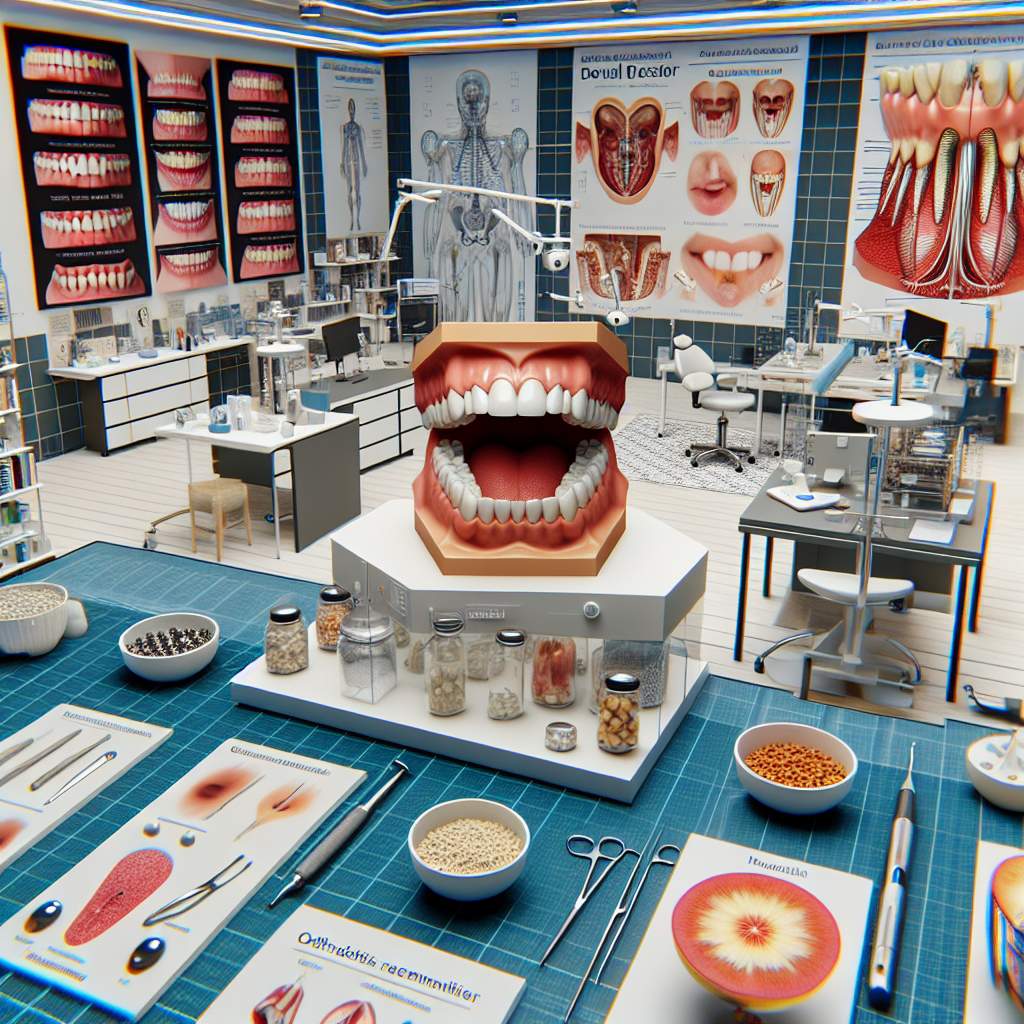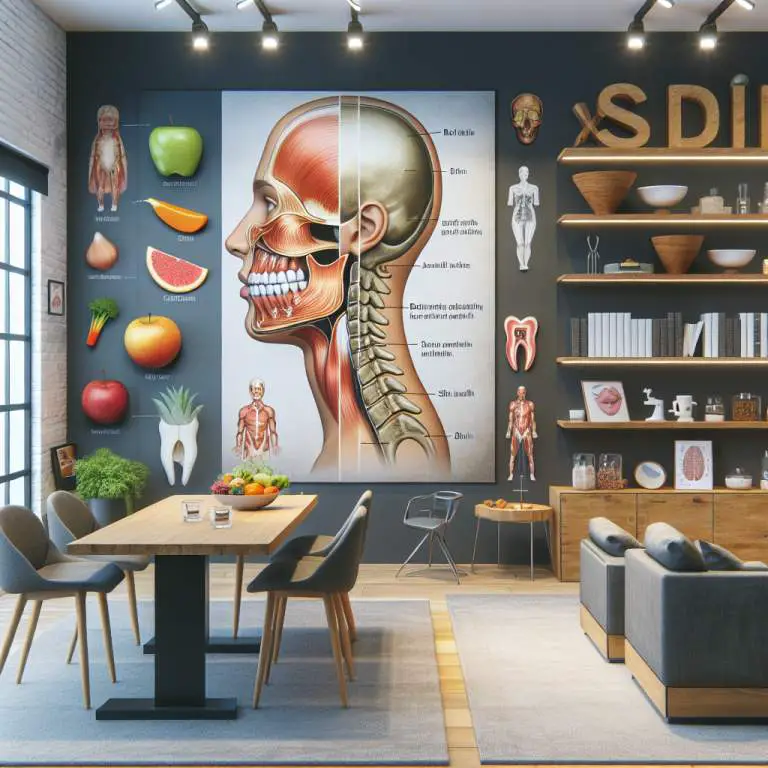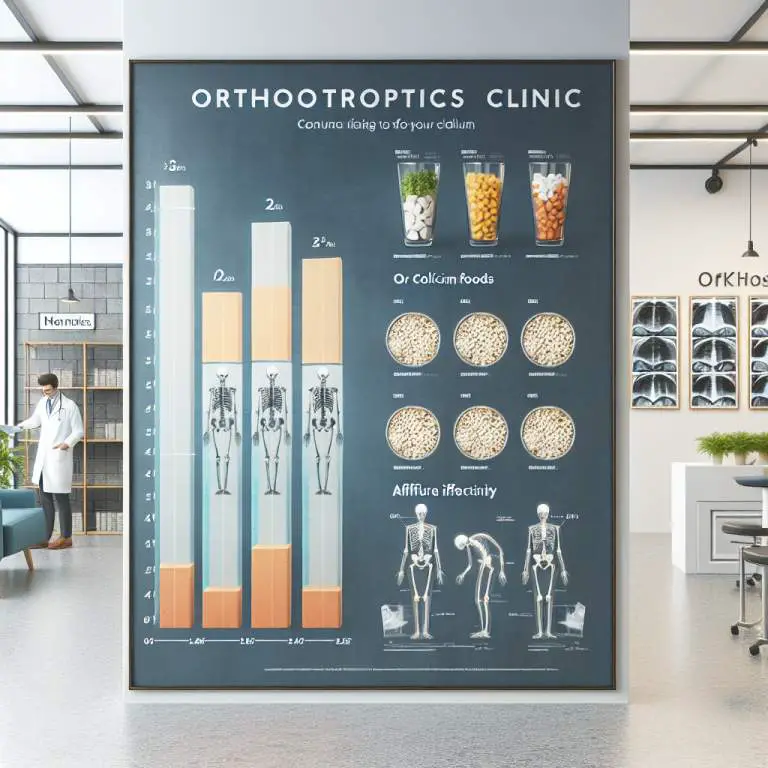Does consuming harder or more textured foods make mewing more effective?
Yes, consuming harder or more textured foods can make mewing more effective. Eating these types of foods requires more jaw muscle use, which strengthens the muscles around the mouth and jawline. This increased muscle activity supports the goals of mewing by promoting better jaw alignment and facial structure. Therefore, incorporating tougher foods into your diet can enhance the results of your mewing practice.

How Does Mewing Work and Why Is It Popular?
Mewing is a technique that involves placing your tongue against the roof of your mouth. This position is supposed to help shape your jawline and facial structure over time. People like it because it’s a natural way to improve how their face looks without needing surgery or other medical treatments.
The idea behind mewing comes from Dr. John Mew, who believes that our facial structure can change based on how we use our muscles, including those in our mouth and jaw. Because of social media, lots of people have started trying mewing. They share their success stories online, which makes even more people want to try it.
What Role Does Diet Play in Facial Structure?
Your diet plays a big role in how your face looks. Eating healthy foods helps keep your skin clear and gives you the vitamins and minerals your body needs to maintain strong bones, including those in your face. If you don’t eat well, it can lead to problems like weak jawlines or puffy cheeks because you’re not getting the right nutrients.
Also, what you eat can affect how much muscle you have around your jaw and neck. Foods high in protein can help build these muscles, making your jaw look more defined. So, eating right isn’t just good for your health; it’s also important for looking your best.
Can the Texture of Your Food Affect Your Jawline?
Yes, the texture of the food you eat can actually impact your jawline! Eating foods that are harder to chew requires more work from your jaw muscles. Over time, this extra effort can help make these muscles stronger and more defined, which contributes to a sharper-looking jawline.
This doesn’t mean you should only eat tough foods but mixing in some crunchy vegetables or nuts into your diet can be beneficial. These kinds of foods make your jaw work harder than when eating softer items like mashed potatoes or ice cream.
Are There Specific Foods That Enhance Mewing Results?
Certain foods might help enhance the results of mewing by supporting muscle growth and bone health in the face and jaw area. Foods rich in calcium and vitamin D are especially good because they help keep bones strong. Dairy products like milk and cheese are great sources of both nutrients.
Additionally, lean meats, fish, beans, and nuts are packed with protein which is essential for muscle building around the jawline. Including these types of foods in your diet could potentially boost the effects of mewing by providing the necessary nutrients for optimal facial structure development.
| Texture | Impact on Mewing Practice |
|---|---|
| Soft Foods | May reduce effectiveness; less work for jaw muscles. |
| Hard/Crunchy Foods | Potentially increases effectiveness; strengthens jaw muscles. |
| Chewy Foods | Can improve muscle engagement; beneficial for mewing practice. |
| Liquid Foods | Minimal impact; does not engage jaw muscles significantly. |
How Can You Incorporate Harder Foods Into Your Diet Safely?
Adding harder foods to your diet can be done safely by starting slow. Begin with foods that are not too tough and gradually increase their hardness. This approach helps your jaw get used to the new textures without causing strain.
It’s also important to listen to your body. If you feel pain or discomfort while eating these harder foods, it’s a sign to take a step back. Mixing hard and soft foods in your meals can make the transition easier and more enjoyable.
What Are the Potential Risks of Changing Your Diet for Mewing?
Changing your diet suddenly can lead to dental issues, like tooth damage or increased sensitivity. Biting into very hard foods might cause cracks or chips in your teeth if you’re not careful. It’s essential to be mindful of how your teeth and gums feel during this process.
Another risk involves jaw problems, such as temporomandibular joint disorder (TMJD), which can arise from putting too much stress on your jaw muscles. Ensuring that you’re not overexerting your jaw by biting into extremely hard items is crucial for avoiding such complications.
Is There Scientific Evidence Supporting the Impact of Food Texture on Mewing Effectiveness?
The scientific community has begun exploring how food texture influences facial development and structure, but research specifically linking it to mewing effectiveness is still limited. Some studies suggest that tougher foods may promote stronger jaw muscles and bone density.
However, it’s important to note that most evidence comes from general dental health research rather than studies focused solely on mewing practices. As such, while there are indications that food texture could play a role, conclusive evidence directly connecting it to mewing results is yet to be established.
Final Thoughts
Incorporating harder foods into your diet for mewing should be done with care and awareness of potential risks. Starting slowly and paying attention to how your body reacts will help ensure safety throughout the process.
While there is some scientific interest in the impact of food texture on facial structure, direct evidence supporting its effectiveness specifically for mewing remains sparse. As research continues, those interested in mewing should stay informed about new findings while prioritizing their dental and overall health.






